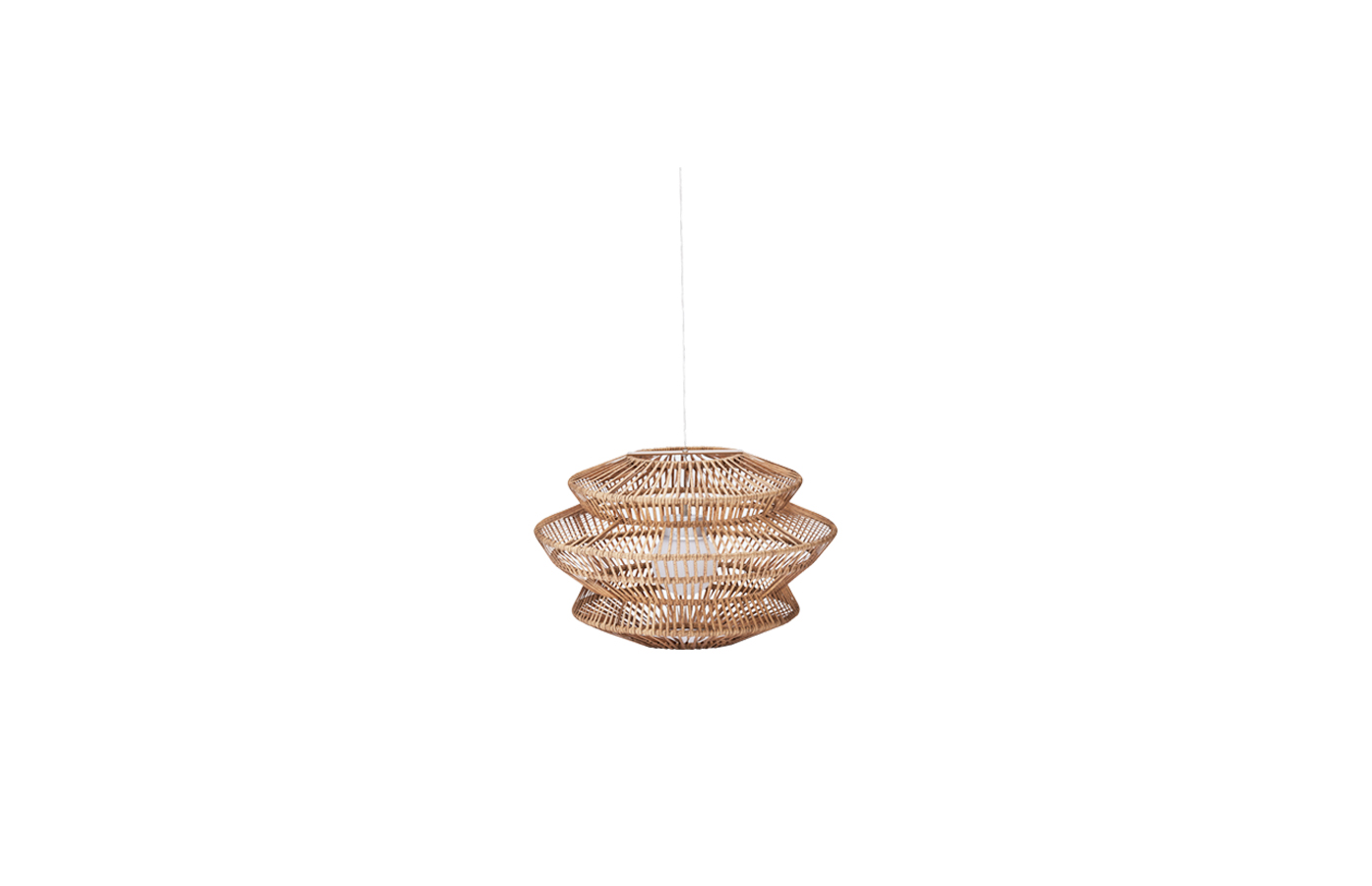****
Lighting is often an overlooked aspect of interior design, yet it plays a critical role in shaping our experiences within our environments. Whether it’s the soft glow of candlelight that creates an intimate dinner atmosphere or the bright fluorescent lights in an office that promote alertness, the type and arrangement of lighting significantly influence not only how we perceive a space but also how we feel and function within it. This article explores the multifaceted impact of lighting on mood, productivity, and aesthetics in our daily lives, shedding light on why careful consideration of lighting choices is essential for both residential and commercial settings.
At its core, lighting serves two primary functions: illumination and decoration. However, its effects extend far beyond these basic roles. It can evoke emotions, enhance or detract from productivity levels, and serve as a vital tool for guiding attention and behavior. Studies have shown that lighting can affect our mental state. For example, natural light is linked with improved mood and mental health, primarily due to its ability to regulate our biological clocks. Many people report feeling more energetic and focused in environments awash with daylight, as natural sunlight increases the production of serotonin, a neurotransmitter that contributes to feelings of well-being and happiness.
Conversely, harsh, artificial lighting can lead to eye strain, fatigue, and even depressive symptoms. Offices that utilize cool, bright lighting can promote alertness; however, too much of it can lead to burnout. For this reason, balancing types of lighting—combining task, ambient, and accent lighting—is crucial. Task lighting, such as desk lamps or reading lights, focuses on specific areas where activities are performed, while ambient lighting provides general illumination for the overall space. Accent lighting, on the other hand, is used to highlight particular features or objects within a room, adding visual interest.

Illuminating Spaces: Understanding the Impact of Lighting on Mood, Productivity, and Aesthetics in Our Daily Lives
For residential spaces, the dynamic created by different types of lighting can transform a house into a home. In the living room, soft, warm lighting fosters relaxation and conversation, while adjustable dimmers can accommodate various moods and activities. Similarly, in bedrooms, using layered lighting can create a serene sanctuary ideal for rest. Choosing the right fixtures, lamps, and shades can yield significant changes in how a space feels. For instance, a crystal chandelier can add an element of luxury and elegance, while simple pendant lights might convey a more casual, contemporary vibe.
Moreover, lighting’s influence on aesthetics should not be underestimated. The interplay of light and shadow creates depth and texture within any environment. A strategically placed light source can accentuate architectural features, paintings, or plants, transforming the ordinary into extraordinary. Additionally, with advanced technology such as smart lighting systems, homeowners can customize their lighting based on time of day, activity, or even their mood. For instance, the ability to transition from bright, energizing lighting in the morning to warmer tones in the evening can greatly enhance one’s daily living experience.
In commercial settings, the thoughtful application of lighting extends beyond aesthetics; it directly correlates with productivity and employee satisfaction. In office environments, lighting design should prioritize employee comfort and efficiency. Research suggests that well-designed light fixtures can reduce eye fatigue and enhance alertness, leading to increased output and job satisfaction. Moreover, retail environments harness the power of lighting to influence consumer behavior; strategically placed lights can draw attention to specific merchandise, guide customers through a space, and enhance the perceived value of products.

Illuminating Spaces: Understanding the Impact of Lighting on Mood, Productivity, and Aesthetics in Our Daily Lives
Beyond workplaces and homes, public spaces benefit from strategic lighting as well. Parks, pathways, and buildings that are well-lit not only ensure safety but also enhance social interaction and community engagement. Creative lighting in outdoor spaces can create an inviting atmosphere, encouraging more people to gather and participate in community activities.

Illuminating Spaces: Understanding the Impact of Lighting on Mood, Productivity, and Aesthetics in Our Daily Lives
In conclusion, lighting is far more than a functional necessity; it shapes our environments and profoundly impacts our moods, productivity, and overall well-being. It is essential to approach lighting design with intentionality, considering both its practical and emotional ramifications. By thoughtfully integrating various lighting options into our homes, workplaces, and public spaces, we can cultivate environments that are not only aesthetically pleasing but also supportive of our health and happiness. So the next time you consider your space, remember: light it well, and it will guide your life toward brightness. Outdoor Sofa
